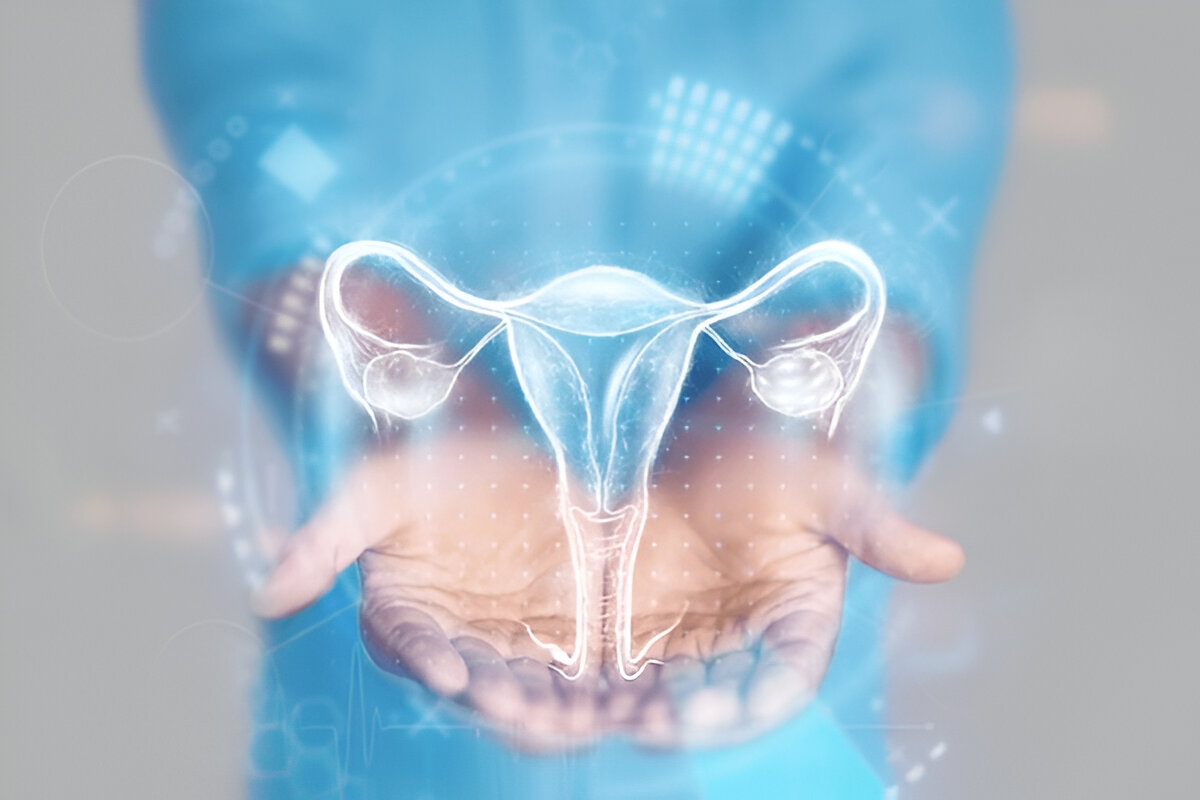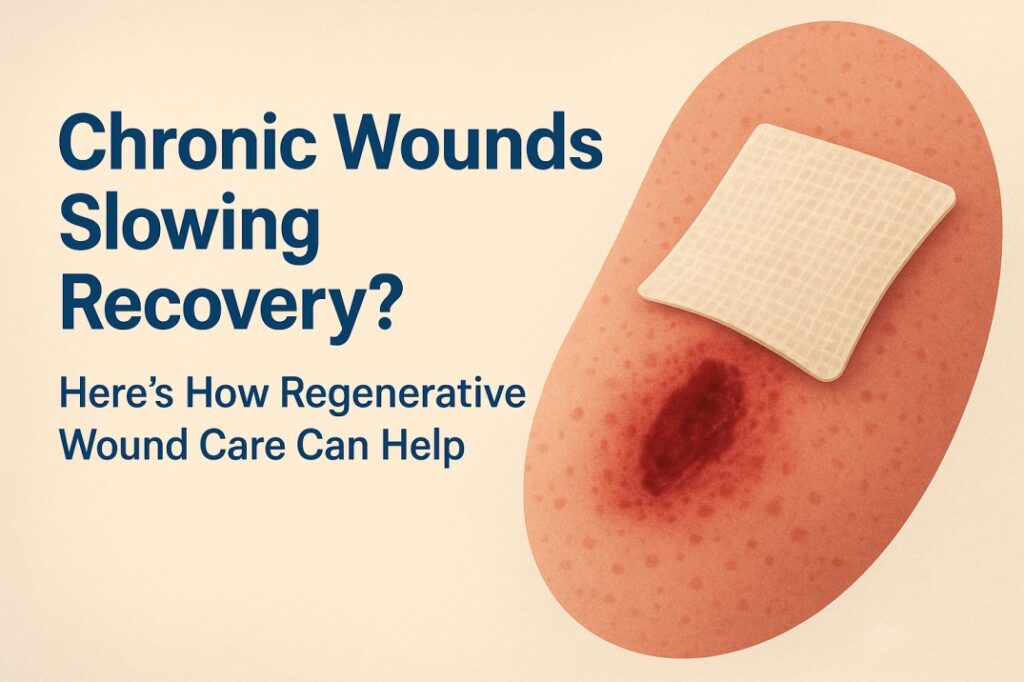Endometriosis is a condition that affects millions of women worldwide, yet many people know very little about it. If you or someone you love is experiencing unexplained pelvic pain or fertility challenges, understanding endometriosis could be life-changing. This blog will provide a clear, friendly, and informative overview of endometriosis: causes, symptoms, and treatment options to help you grasp this complex condition and know what to do next.
What Is Endometriosis?
Endometriosis occurs when tissue similar to the lining inside the uterus — called the endometrium — grows outside the uterus. These misplaced tissues can attach to other organs in the pelvis, such as the ovaries, fallopian tubes, the outer surface of the uterus, or even the bowel and bladder. Because this tissue behaves like the uterine lining, it thickens, breaks down, and bleeds with each menstrual cycle. However, unlike the tissue inside the uterus that exits the body during menstruation, this blood has no way to leave the body. This causes inflammation, pain, and the formation of scar tissue (adhesions).
Why Is It Important to Understand Endometriosis?
Endometriosis can cause a range of symptoms, some of which can seriously impact daily life and emotional well-being. It can also affect fertility and lead to complications if left untreated. Early diagnosis and management can greatly improve quality of life. Knowing about endometriosis—causes, symptoms, and treatment options—empowers you to seek timely medical advice and explore effective treatments.
Endometriosis: Causes, Symptoms, and Treatment Options
Causes of Endometriosis
The exact cause of endometriosis is still not fully understood, but several theories and factors may contribute:
-
Retrograde Menstruation: This is one of the most widely accepted theories. It suggests that menstrual blood flows backward through the fallopian tubes into the pelvic cavity instead of leaving the body. This backward flow carries endometrial cells that implant and grow outside the uterus.
-
Genetic Factors: Endometriosis tends to run in families, suggesting that genetics may play a role in susceptibility.
-
Immune System Disorders: A weakened immune system might fail to recognize and destroy endometrial tissue growing outside the uterus.
-
Hormonal Influence: Estrogen, the primary female hormone, promotes the growth of endometrial tissue. High estrogen levels may exacerbate the condition.
-
Surgical Scars: Endometrial tissue can attach to surgical scars after procedures like C-sections or hysterectomies.
Symptoms of Endometriosis
Symptoms can vary widely in severity and type, and some women with severe endometriosis may have few symptoms, while others with mild disease may experience intense pain. Common symptoms include
-
Pelvic Pain: Often the most prominent symptom, pain usually occurs before and during menstruation but can also be chronic.
-
Painful Periods (Dysmenorrhea): Severe cramping and lower abdominal pain during menstruation.
-
Pain During Intercourse: Discomfort or pain during or after sex.
-
Pain with Bowel Movements or Urination: Especially during menstruation.
-
Heavy Menstrual Bleeding: Sometimes women experience heavy or irregular periods.
-
Infertility: Endometriosis is found in 20-40% of women who experience infertility.
-
Fatigue, diarrhea, constipation, bloating, and nausea: particularly during menstrual periods.
If you notice these symptoms, it’s important to talk to your healthcare provider for proper diagnosis.
How Is Endometriosis Diagnosed?
Diagnosing endometriosis can be tricky because its symptoms overlap with other conditions like irritable bowel syndrome (IBS) or pelvic inflammatory disease (PID). Your doctor will typically
-
Take a detailed medical history
-
Perform a pelvic exam
-
Use imaging tests such as ultrasound or MRI to identify cysts or lesions
-
Recommend laparoscopic surgery for a definitive diagnosis, where a small camera is inserted into the abdomen to directly view and biopsy endometrial tissue
Treatment Options for Endometriosis
Treatment aims to manage symptoms and improve quality of life and fertility. The approach varies depending on the severity of symptoms, age, fertility goals, and personal preferences.
1. Pain Management
-
Over-the-counter pain relievers: Nonsteroidal anti-inflammatory drugs (NSAIDs) like ibuprofen can reduce pain and inflammation.
-
Prescription medications: For severe pain, stronger medications may be prescribed.
2. Hormonal Therapies
Hormones can help slow the growth of endometrial tissue and reduce or eliminate menstruation, limiting the symptoms.
-
Birth control pills, patches, or vaginal rings: regulate or stop periods, reducing pain.
-
Gonadotropin-releasing hormone (GnRH) agonists and antagonists: Induce a temporary menopause-like state to shrink lesions.
-
Progestin therapy: Can stop periods and slow tissue growth.
-
Danazol: Suppresses menstruation but has significant side effects.
3. Surgical Options
Surgery is recommended when symptoms are severe or fertility is affected.
-
Laparoscopy: Minimally invasive surgery to remove or destroy endometrial growths and scar tissue.
-
Hysterectomy: In extreme cases, removal of the uterus and possibly ovaries may be considered if other treatments fail.
4. Fertility Treatments
If endometriosis affects fertility, treatments such as in vitro fertilization (IVF) may be advised.
5. Lifestyle and Alternative Therapies
-
Diet and exercise: Some find relief by reducing inflammatory foods and staying active.
-
Physical therapy: Specialized pelvic floor therapy can ease pain.
-
Acupuncture and mindfulness may help manage symptoms and stress.
Living with Endometriosis
Endometriosis is a chronic condition, but with the right management, many women lead full and active lives. Support from healthcare professionals, family, and patient groups can make a big difference.
It’s essential to track your symptoms, maintain open communication with your doctor, and adjust treatment as needed. Remember, what works for one person may not work for another, so personalized care is key.
When to See a Doctor
If you experience
-
Severe menstrual cramps that interfere with daily life
-
Pain during sex
-
Difficulty conceiving
-
Persistent pelvic pain
It’s important to seek medical advice early. Early diagnosis can prevent complications and improve outcomes.
Conclusion
Endometriosis is a complex and often misunderstood condition. Knowing about endometriosis: causes, symptoms, and treatment options helps you recognize the signs and seek appropriate care. Whether it’s managing pain, exploring hormonal therapies, or considering surgery, many treatment pathways exist to improve quality of life.
If you suspect you might have endometriosis or are dealing with symptoms, don’t hesitate to reach out to a healthcare provider. With proper diagnosis and management, you can take control of your health and well-being.









